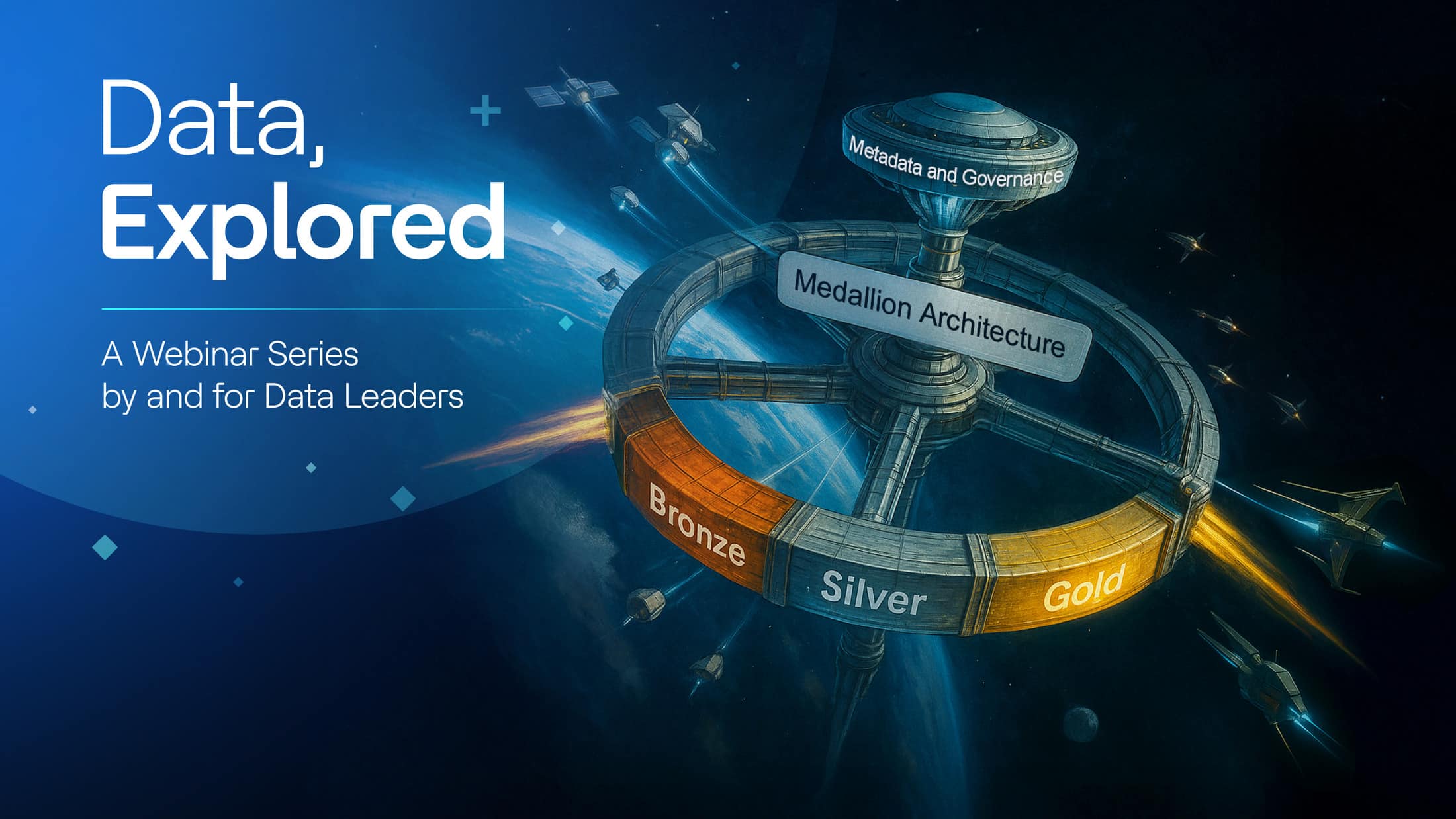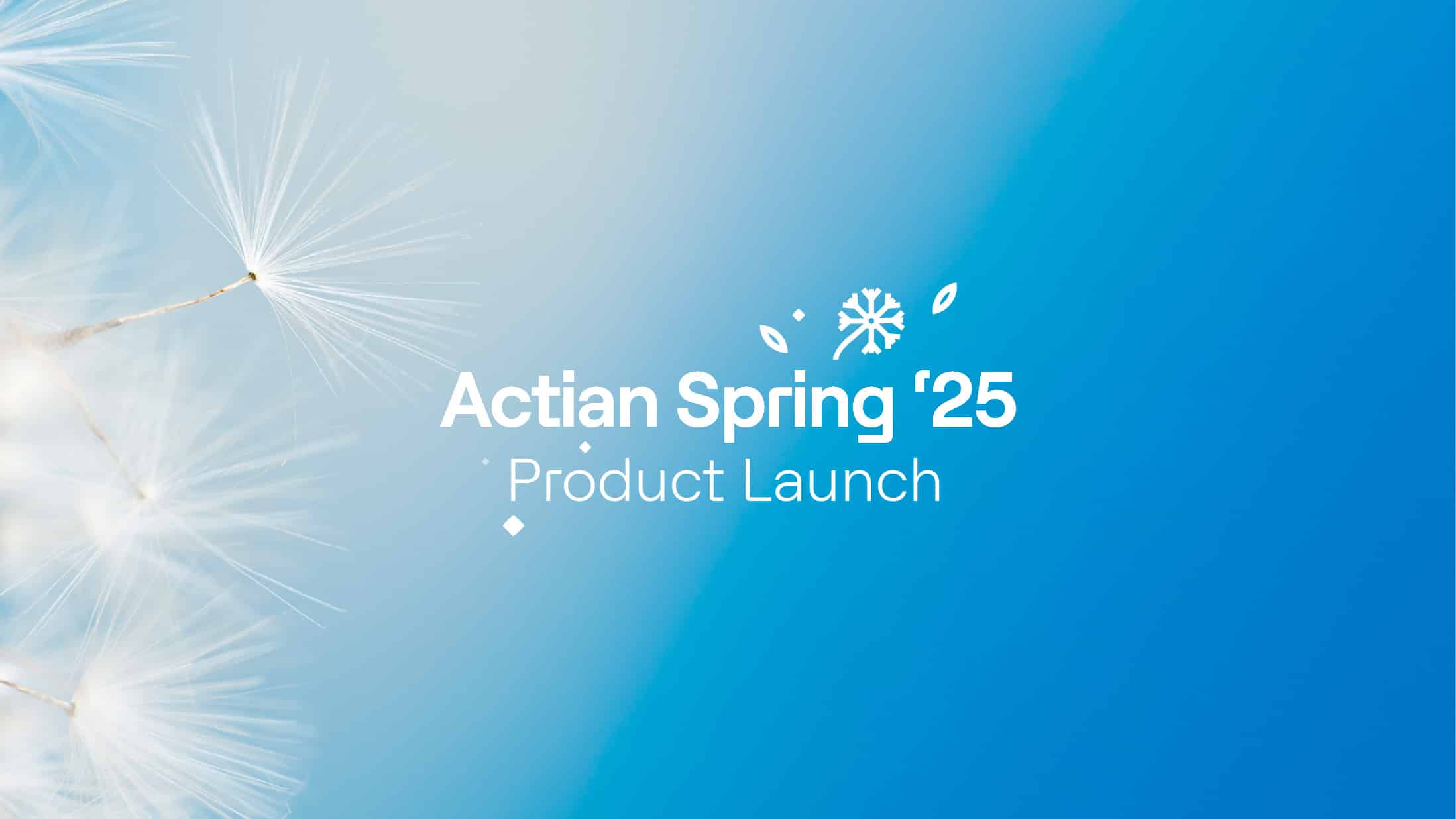For data to be used effectively by analytics and machine learning applications, it must be preprocessed. Preprocessing data makes it easier to use by applying operations such as removing outliers, filtering, transforming and normalizing data from its source form.
Why is Data Preprocessing Important?
Unrefined source data must be optimized for its intended use before contributing to dependable insights. Basing decisions on data that is not preprocessed will result in poorly informed decisions that are more likely to lead to unintended outcomes. Using unrepresentative samples will skew analytical results. Investments in cutting-edge analytics software are wasted if it is fed garbage data. As the adage goes, “Garbage in, garbage out.”
Data Preprocessing Steps
The general flow for data preprocessing can be summarized by the following steps:
- Data Profiling
- Data Cleansing
- Data Reduction
- Data Transformation
- Data Enrichment
- Data Validation
Preprocessing Data
Data preprocessing takes place in the early stage of a data pipeline. Preprocessing aims to enable it to accurately answer specific questions using analytics and training machine learning models. Below are some techniques used to Preprocess data.
Profiling Data
Data integration solutions like Actian DataConnect include data profiling functions that will scan a source file to count records, duplicates, and cardinality. Actian DataConnect can perform more advanced profiling operations, including separating distinct values, binning data values into ranges, and performing fuzzy matching for potentially duplicate values. In addition, statistics such as Min, Max, Mean, Median, Mode, Standard Deviation, Sum and Variance can be calculated.
Cleansing Data
Cleansing data increases the consistency of the data by verifying data formats, for example. Actian DataConnect provides the ability to make field data formats consistent in a data file.
Data Reduction
Outlying values can be removed to avoid analysis being unduly skewed or biased by outlying values. Filtering is another form of data reduction which deletes unnecessary data. Raw data often contains duplicate records for various reasons. Duplicate records can be deleted. Records with duplicate key fields and spare data can be intelligently reconciled and merged.
Data Transformation
Data fields need to be uniform to facilitate matching. Data formats can be transformed to have a uniform data type and format.
Data Enrichment
Data files can be enriched from multiple sources or can have new calculated values added. For example, it may only be necessary to group specific field values into ranges, in which case the respective data range can replace the discrete values.
Filling Gaps
Gaps can be filled by drawing from multiple data sources and assigning default values. In many cases, an extrapolated or interpolated value can fill any gaps.
Partitioning
If the result of an analytic process is time-critical, data can be pre-partitioned to accelerate processing time. Partitioning can be based on a key value and value ranges or a hash to distribute evenly across partitions. Partitioning massively accelerates processing times for large datasets by making parallel processing more efficient. Range scan queries can also be accelerated by making it easy to skip partitions with values that don’t match the range criteria.
Transforming Data
Data integration tools such as Actian DataConnect can be used to change data formats to improve matching, remove leading or trailing spaces, and add leading zeros. Regulated data can be masked or obfuscated to protect customer privacy.
Data Validation
Data can be validated by comparing existing values against multiple sources.
Automating Data Preprocessing
A data pipeline process combined with a data integration solution can orchestrate data preprocessing steps. Pre-programmed steps can be executed based on a schedule.
The Benefits of Data Preprocessing
The benefits of data preprocessing include:
- Investing in data preprocessing automated pipelines makes a business more agile and competitive because they are always ready to analyze and adapt to changing customer needs and market dynamics.
- Avoid delays in data analysis by having data proactively preprocessed.
- Improved data quality.
- Automation of data preprocessing using reusable building blocks makes data engineers more productive.
Actian and Data Preprocessing
The Actian Data Platform makes it easy to automate data preprocessing thanks to its built-in data integration capabilities. Businesses can increase the proportion of high-quality, analysis-ready data assets. Organizations cannot fully exploit their available data without the ability to unify, transform, and orchestrate data pipelines easily. Actian DataConnect provides an intelligent, low-code integration platform to address complex use cases with automated, intuitive, and reusable integrations. Actian DataConnect includes a graphical studio for visually designing data flows, mapping data fields and data transformations. Data pipelines can be centrally managed for scalability and reduced administration costs.
The Actian Vector Database makes it easier to perform high-speed data analysis due to its columnar storage capability that minimizes the need for pre-existing data indexes. Actian Vector processing speeds queries by exploiting multiple CPU caches from a single instruction.
The Actian Data Platform runs on-premise and multiple cloud platforms, including AWS, Azure and Google Cloud, so analytics can run wherever the data resides.





